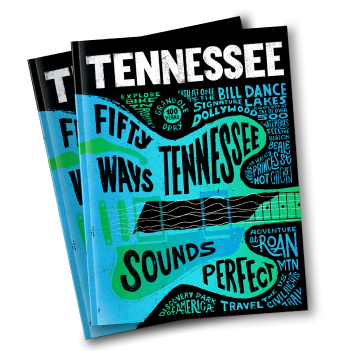
The only large river canyon bordering a mid-sized city, the Tennessee River Gorge is a unique carving of the river through the Cumberland Plateau, encompassing 27,000 acres. Habitats for more than a thousand varieties of plants, trees, grasses and flowers as well as a diversified wildlife population exist in this scenic terrain.
The Gorge is referred to as "Tennessee's Grand Canyon," an apt description, given the breathtaking scenery and the incredible wealth of natural and cultural resources. One of the best places to view the Tennessee River Gorge is from the bluffs below Signal Point on Signal Mountain. You can see the sweep of the Tennessee River as it winds along the Chattanooga riverfront, around Moccasin Bend, and past Williams Island toward Marion County.
Visitors are encouraged to explore the Gorge by following the river from one destination to the next. Many points of interest occur along the way. The downtown riverfront, with a vibrant mix of parks, shops, restaurants, and museums, is accessible from both the water and land. From there, the Blueway meanders its way to quieter places like Williams Island State Archaeological Park. Williams Island divides the river channel with a 450-acre tract of land inhabited only by wildlife.
From about 1000 to 1650 AD, this area was home to several Native American tribes. It is now managed by the Tennessee River Gorge Trust and has become a haven for birders and naturalists, as well as archaeologists. Pot Point House, named for what was once the most violent set of rapids in the Gorge, was built in the 1800s with logs from wrecked boats. The Blueway is accessible from many ramps and launches along the river; one of the favored is Raccoon Mountain, popular with boaters, paddlers and anglers. To find out how to explore the Gorge, please visit www.trgt.org/explore.
For the most up-to-date hours and information, please contact Tennessee River Gorge directly.


































